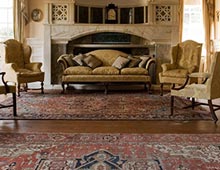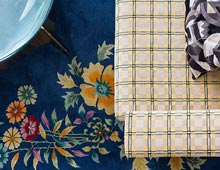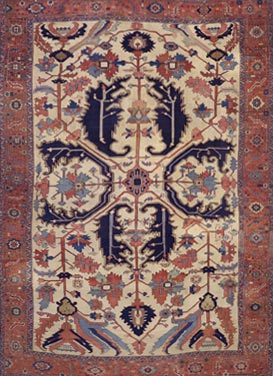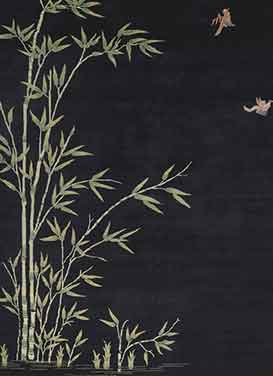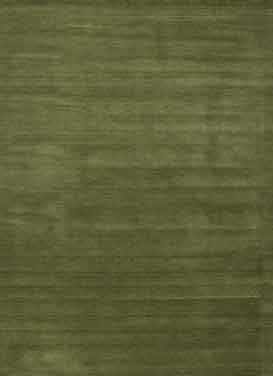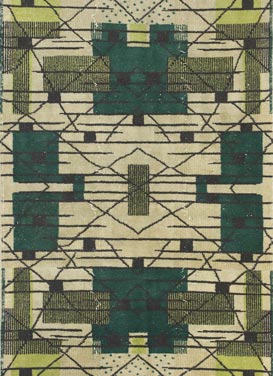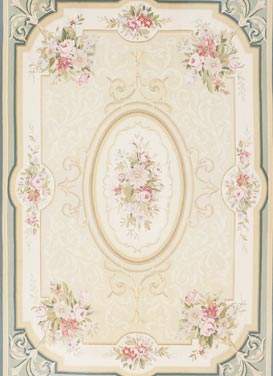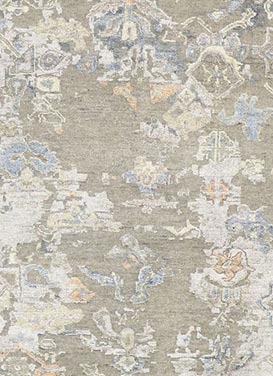- Inquiry
Description
77218 Vintage Turkish Hereke Silk Prayer Rug, 04’00 x 06’00.
Effortless beauty meets timeless appeal in this vintage Turkish silk Hereke prayer rug. The stylish levels of complexity and refined color palette woven into this piece work together evoking worldly sophistication. This hand knotted vintage Turkish silk Hereke prayer rug, inspired by the renowned Zareh Penyamin and the intricate artistry of Koum Kapi designs, is a breathtaking representation of historical weaving mastery. This exquisite Hereke prayer rug features a directional layout that centers on a richly detailed midnight navy blue ogival mihrab niche, often referred to as the "Sultan’s Head." The opulent mihrab is adorned with an array of Shah Abbas palmettes, stylized florals, and undulating cloudbands, weaving together traditional motifs that reflect the grandeur and artistry of Ottoman-era designs. The deeply saturated background of the mihrab enhances the intricate elements, drawing the eye into a mesmerizing interplay of form and color. A Kufic inscription cartouche graces this section, adding a layer of spiritual significance and historical reverence.
Surrounding the ogival mihrab, a beige band with elegantly stylized calligraphic script outlines the niche, providing a delicate contrast that elevates the regal design. This calligraphic detail weaves both artistic beauty and cultural heritage into the rug, offering a visual nod to the rich traditions and religious texts integral to Islamic art. The corner spandrels, filled with blooming vases, tree of life motifs, and birds, bring a touch of nature-inspired vibrance, symbolizing renewal, continuity, and the divine connection between heaven and earth. These intricate motifs evoke a sense of reverence and contemplation, making this rug more than a decorative piece—it becomes a journey through cultural and spiritual symbolism.
Framing this captivating composition is an elaborate cartouche border featuring passages from the Quran, a testament to the rug’s significance as a prayer and reflection piece. The use of silk in the rug’s construction lends a luxurious sheen and a finely detailed weave, showcasing the mastery and dedication of the artisans who crafted it. The cartouche border, with its delicate Quranic inscriptions, serves as a solemn and dignified enclosure, bringing together art, faith, and craftsmanship in a way that is both visually stunning and spiritually meaningful.
Enclosing the main border are double floral meander guard borders, creating a lush and harmonious finish to this formal composition. The intricate floral patterns and flowing designs reflect the fluidity and grace found in nature, while symbolizing the continuous cycle of life and spiritual growth. This vintage Hereke rug, with its Koum Kapi-inspired design and Zareh Penyamin influence, stands as a testament to the enduring legacy of Turkish weaving traditions, offering both historical depth and captivating beauty to any collection or space it adorns.
- Abrash.
- Hand-knotted silk on silk.
- Made in Turkey.
- Measures: 04'00 x 06'00.
- Inspired by Zareh Penyamin.
- Other spellings: Kum Kapur, Koum Kapi, Kum Kapu, or Kum Kapi.
- Date: 1940s. Mid-20th Century.



